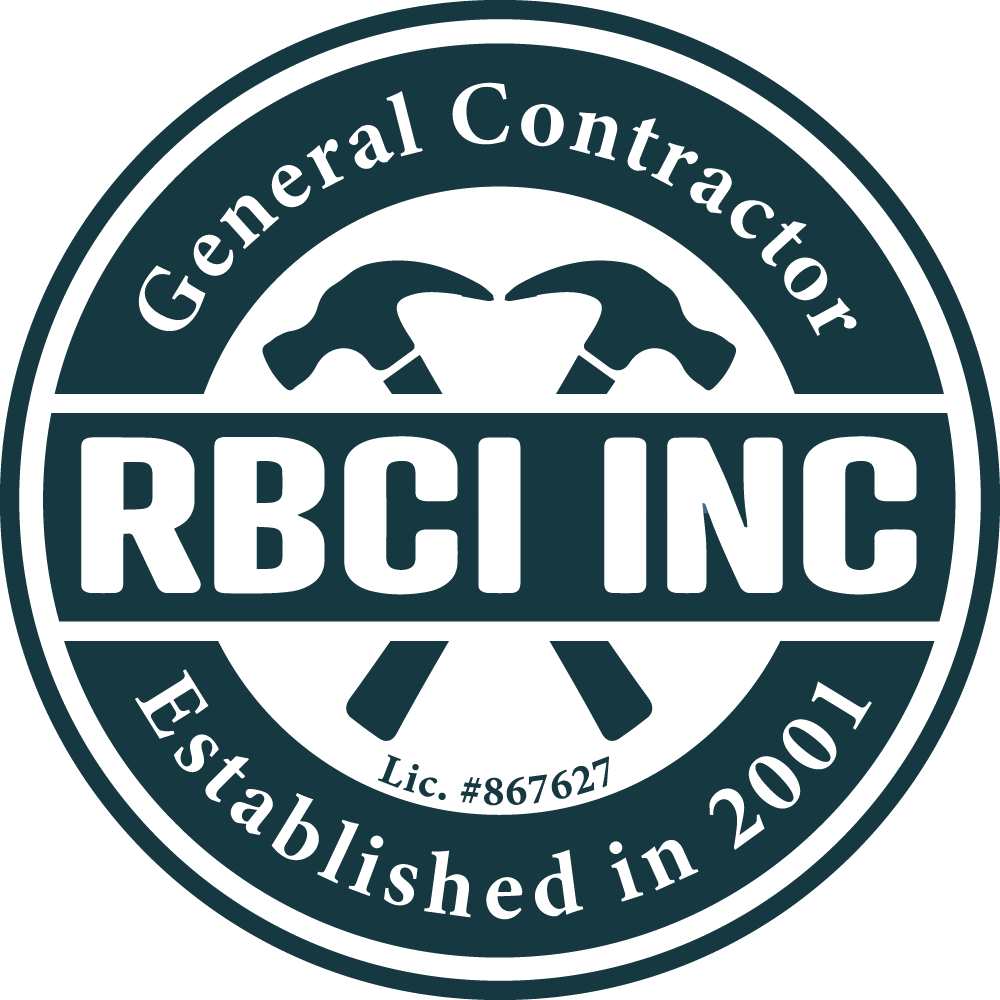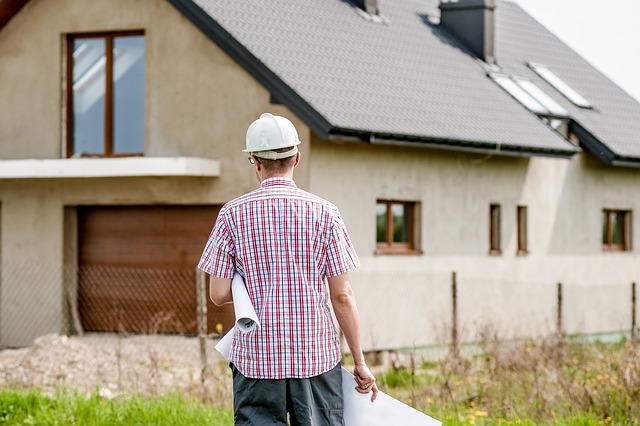
Planning Your Apartment Renovation: Best Practices for Multi-Family Housing
Renovating a multi-family property is a significant investment that requires meticulous planning and execution. Whether you aim to increase property value, attract quality tenants, or modernize your apartment building’s aesthetic, thoughtful preparation ensures the project’s success. In this guide, we’ll explore best practices for planning your apartment renovation, helping you navigate the complexities of multi-family housing improvements, and ensuring long-term profitability in the competitive real estate market.
Define Your Goals
Before starting any multifamily renovation project, it’s crucial to establish clear objectives. Ask yourself:
- Are you focused on enhancing the property’s visual appeal?
- Do you want to improve energy efficiency and reduce maintenance costs?
- Are you planning to increase rental income by adding premium features?
Defining these goals will shape your renovation strategy and help you prioritize tasks. Clear objectives ensure that your project aligns with both tenant needs and long-term investment goals.
Budgeting and Financing
Creating a realistic budget is essential for avoiding cost overruns. Begin by estimating the total project cost, including materials, labor, permits, and unexpected expenses. Add a contingency buffer of 10-20% for unforeseen issues. A well-structured budget not only keeps your project on track but also helps you manage financial risks more effectively.
Financing options for multi-family renovations include:
- Traditional bank loans
- Government-backed loans for energy-efficient upgrades
- Private investors or partnerships
When evaluating financing methods, consider your property management strategy and long-term ROI. Proper financial planning ensures you have the resources needed to complete the project without sacrificing quality.
Compliance and Permits
Multi-family housing renovations must comply with local building codes and safety regulations. Research:
- Required permits for structural changes, electrical work, and plumbing
- ADA (Americans with Disabilities Act) compliance for common areas
- Fire safety requirements, including sprinkler systems and emergency exits
Staying compliant not only avoids costly legal issues but also ensures the safety and well-being of your tenants. Partnering with a contractor familiar with local regulations ensures your project remains compliant and avoids unnecessary delays.
Choosing the Right Contractor
Selecting a skilled contractor is vital for a successful renovation. Look for a company with:
- Experience in multi-family property renovations
- Positive client reviews and testimonials
- A portfolio of completed projects similar to yours
The right contractor brings industry knowledge and expertise, helping streamline your multifamily renovation. Request detailed bids from multiple contractors and compare their pricing, timelines, and scope of work. Prioritize contractors who demonstrate a strong understanding of property management needs and long-term maintenance considerations.
Design and Material Selection
Balancing aesthetics, durability, and cost is key when choosing designs and materials. Consider:
- Modern yet timeless styles that appeal to a broad tenant base
- High-quality, low-maintenance materials for longevity
- Energy-efficient appliances and sustainable building practices
Design choices should align with the property’s overall brand and target demographic. Consulting a design professional can help align your vision with market demands, ensuring the apartment building remains competitive in the real estate market.
Minimizing Disruption
Renovations can inconvenience current tenants, so plan to minimize disruption:
- Schedule work during off-peak hours or vacant periods
- Communicate timelines and expectations clearly
- Offer temporary amenities or rent discounts if major disruptions occur
Effective property management means keeping tenants informed and comfortable throughout the renovation process. Minimizing disruptions reduces complaints and maintains positive relationships, ultimately preserving tenant retention.
Final Inspections and Quality Assurance
Conduct thorough inspections before project completion to ensure work meets quality standards. Create a punch list of outstanding tasks and address them promptly. Attention to detail during this phase ensures the final product aligns with your investment goals and tenant expectations.
Engage third-party inspectors if needed for unbiased quality assessments. Quality assurance measures safeguard your multifamily renovation investment, providing peace of mind for years to come.
Conclusion
A well-executed apartment renovation enhances property value, tenant satisfaction, and long-term profitability. By defining goals, managing finances, ensuring compliance, and collaborating with experts, you set the stage for a successful transformation of your multi-family living space. Thoughtful planning and execution strengthen your position in the real estate market, making your apartment building a sought-after destination for quality tenants.
Frequently Asked Questions
1. What are the essential steps in planning a multi-family renovation Start by defining clear goals for the renovation, such as improving aesthetics or energy efficiency. Establish a realistic budget, secure appropriate financing, and ensure compliance with building codes and permits. Select a reputable contractor and final design choices that balance durability and cost.
2. How can I finance my multi-family housing renovation?
Financing options include traditional bank loans, government-backed loans for energy-efficient upgrades, and private investors. Evaluate options based on your long-term property management strategy to ensure resources align with your renovation goals.
3. What should I consider when choosing a contractor for a multi-family renovation?
Look for contractors with experience in multi-family renovations, positive client feedback, and a proven portfolio. Compare bids for pricing, timelines, and scope, prioritizing those who understand property management and long-term maintenance.
4. How do I ensure compliance and avoid legal issues during renovations?
Research local building codes and secure necessary permits for any structural, electrical, or plumbing changes. Ensure adherence to ADA compliance and fire safety requirements. Partnering with a knowledgeable contractor can aid in navigating these regulations.
5. How can disruptions to current tenants be minimized during the renovation process?
Schedule work during off-peak hours or periods of vacancy, maintain clear communication with tenants about timelines and offer temporary amenities or rent discounts if needed. Keeping tenants informed and comfortable helps preserve tenant retention and satisfaction.
Table Of Contents
More Great Articles
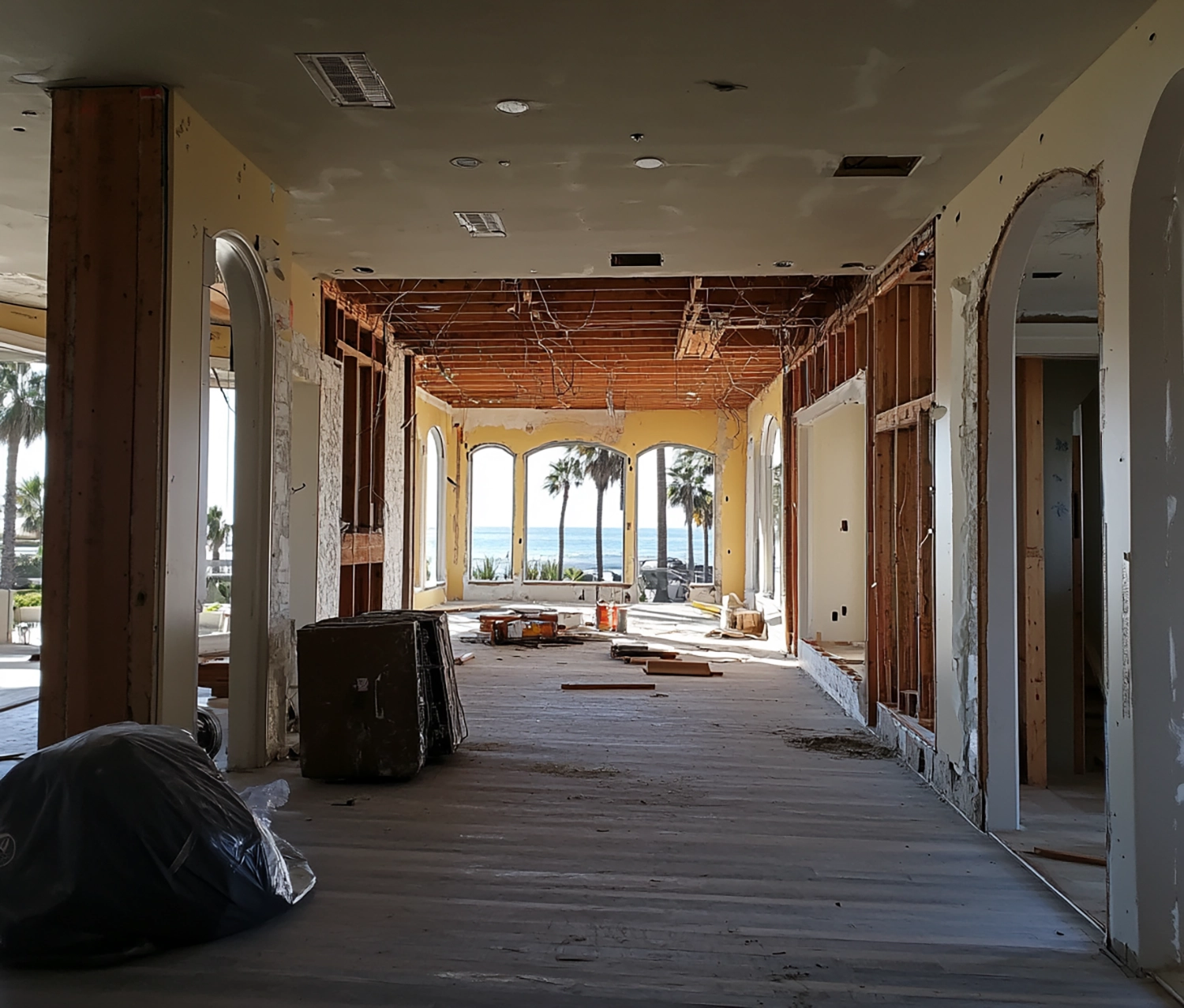
Top Trends in Designing Renovated Apartments: Emphasizing Functionality & Sustainability
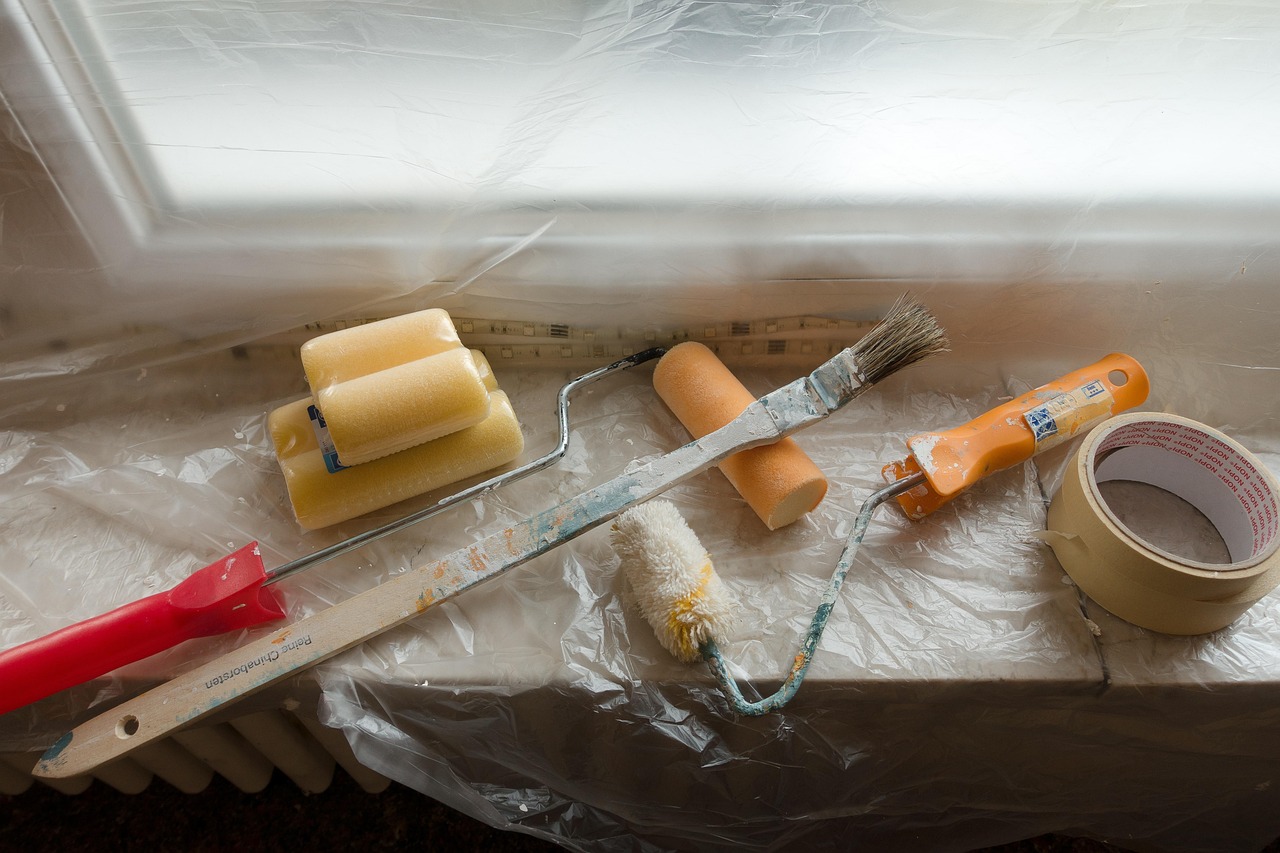
How to Plan Renovations to Minimize Disruption to Tenants
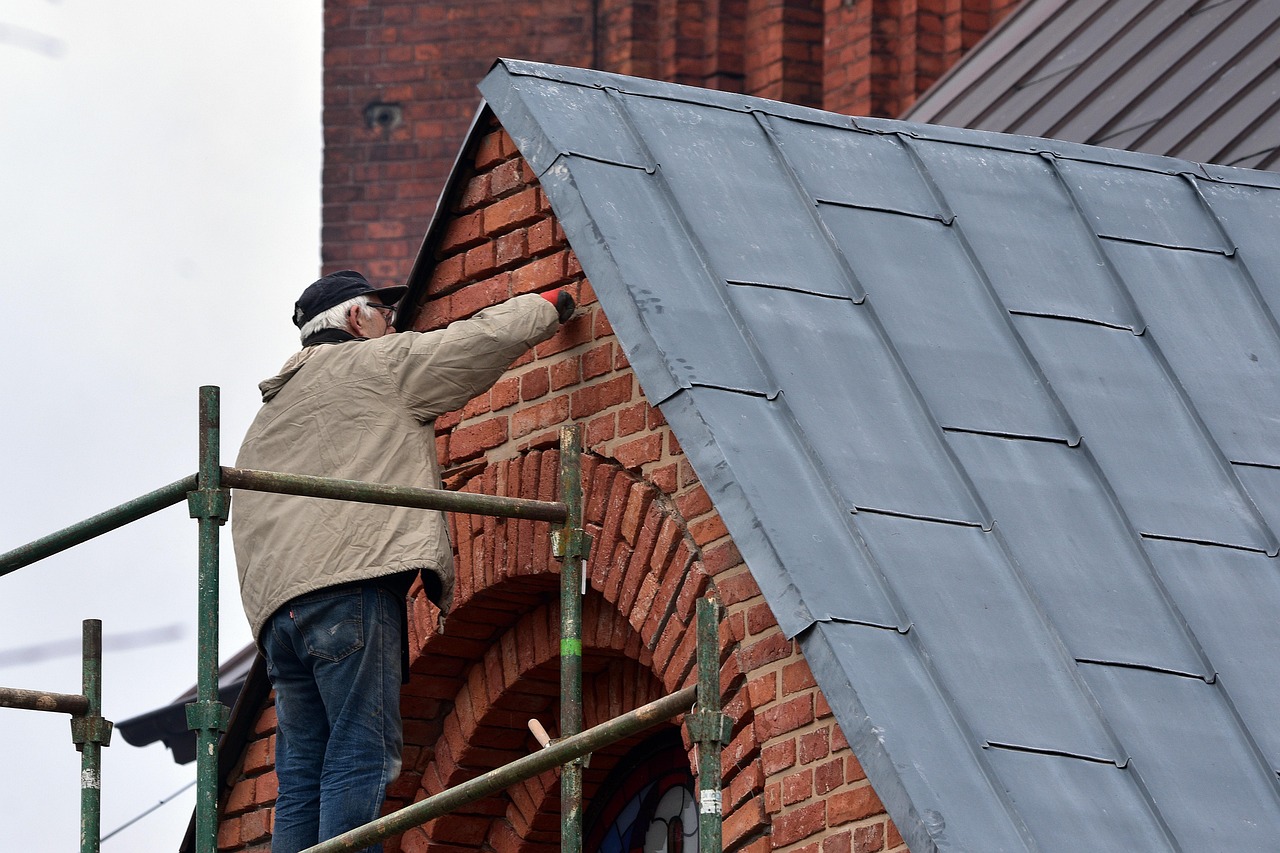
Working with Contractors: Key Steps for Successful Renovations
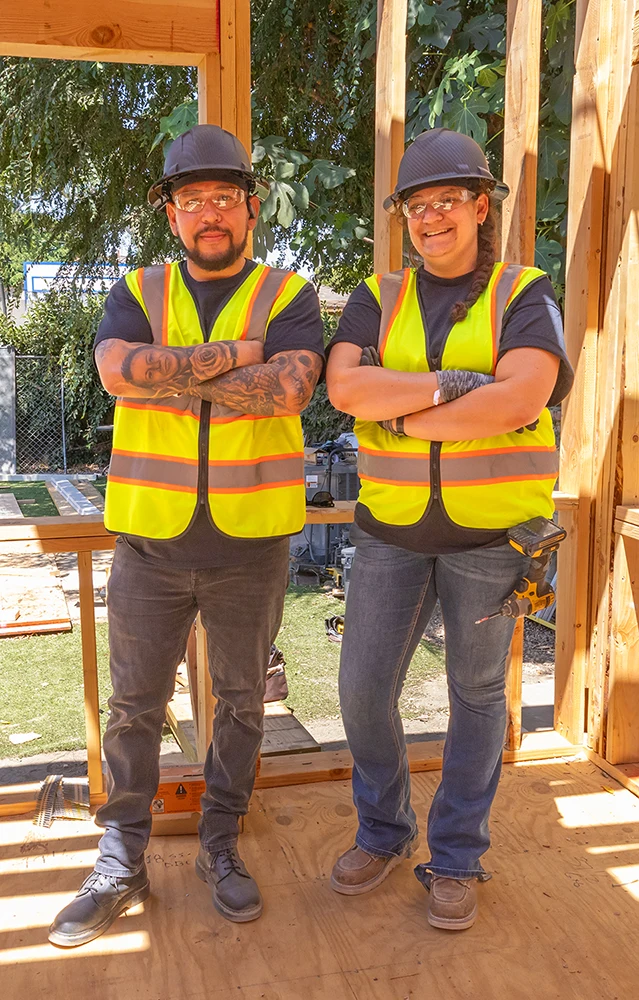
How to Set a Realistic Budget for Apartment Home Renovations

